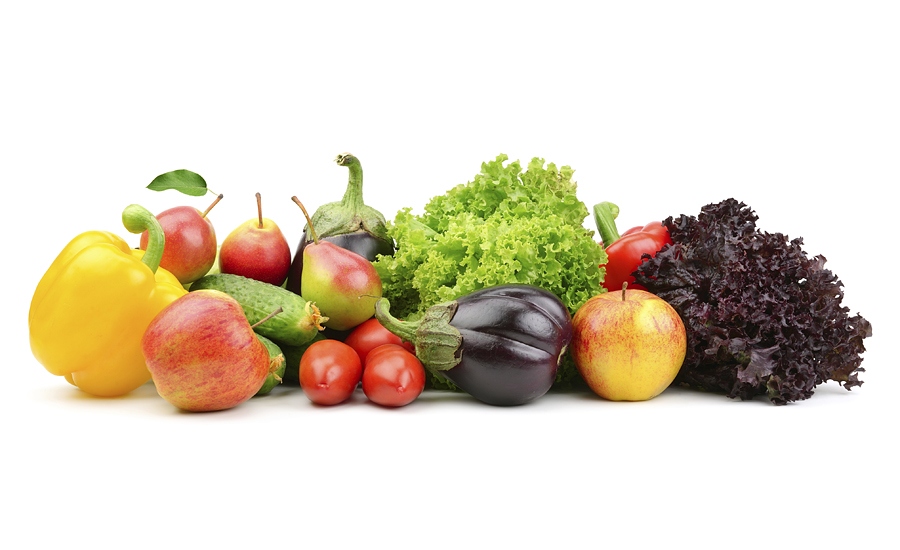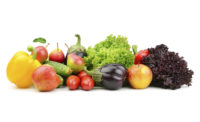The Food Marketing Institute (FMI), Arlington, Va., introduced its 2019 exploration into the views of produce shoppers.
“The Power of Produce” analysis demonstrates that produce is a big, profitable focus for food retailers, but cautions that the produce purchase is losing momentum to other channels, and younger shoppers are catalysts for this shift.
“The new study aims to reinvigorate the produce category and serve as a reminder to grocery retailers that they can’t get too comfortable as the leader in sales,” says Rick Stein, vice president, fresh foods. “Specifically, the study suggests a need for a renewed focus on strategies for continued growth, including organic, locally grown produce, value-added produce for time-starved customers, produce-based beverages and private branded produce.”
Nearly 55% of grocery trips contain fresh produce, and half of all shoppers identified a full-service supermarket as their primary outlet when buying fresh produce. While traditional grocery maintains a dominant lead in sales, the younger generation shows a greater propensity for supercenters and alternative channels, including online, dollar stores, convenience stores and farmers’ markets. In fact, only 34% of older Millennials identified a supermarket as their primary grocery store for produce.
“Since produce is becoming more widely available as subscriptions and available across drug and dollar or even at the airport, the opportunity to differentiate the produce category in grocery is ripe for consideration,” adds Stein.
What’s a retailer to do?
- Speak the local language. 53% of survey respondents want expanded local assortment. However, the definition of local has a wide range, with the average response being an 88-mile radius, so retailers will need to develop their own consistent and store-wide definition of local.
- Cut up the competition. Value-added produce – cut, chopped, halved, hearts, microwave-ready or even snack packs – delivers myriad solutions for time-starved customers. In fact, shoppers could be prompted to buy value-added produce under certain conditions, such as competitive pricing (59%) and longer shelf life (35%).
- The proof is in the juice. This year’s analysis notes there’s room for growth in consumption occasions, since 36% of shoppers eat fresh produce about three times a week or less, and are interested in incorporating produce into different meal occasions. Most notably, 56% of shoppers report purchasing veggie shakes or fruit smoothies and 53% purchase cold-pressed juices. These shares do not include similar beverages people make at home or buy from other areas of the store, such as Kombucha.
- Spend more instead of buy more. A more premium basket with value-added, locally sourced and organic products will meet the needs of the consumer and influence the bottom line.
- Freshen up the store’s storytelling. Tell a better story about that product’s freshness, the farm, the uses, nutritional properties and add an element of discovery for the shopper.
The analysis, conducted by 210 Analytics, Lakeland, Fla., and supported by data from IRI, Chicago, and Nielsen, Chicago, is made possible by the support of Burris Logistics, Milford, Del.; Yerecic Label, New Kensington, Pa.; and Southeast Produce Council, Millen, Ga.






